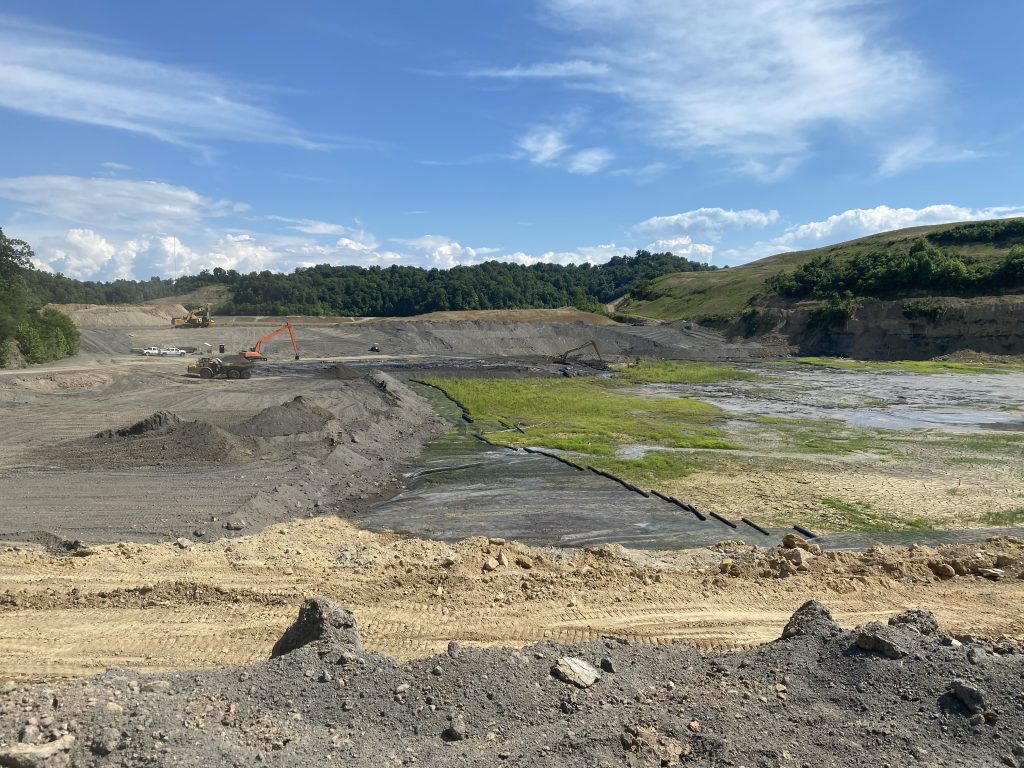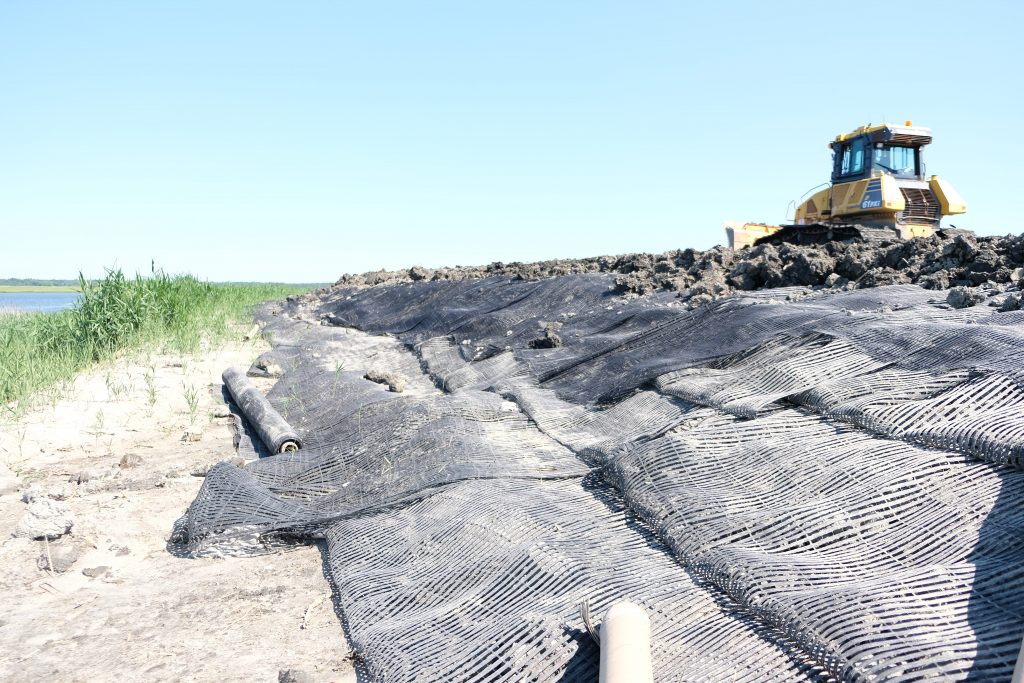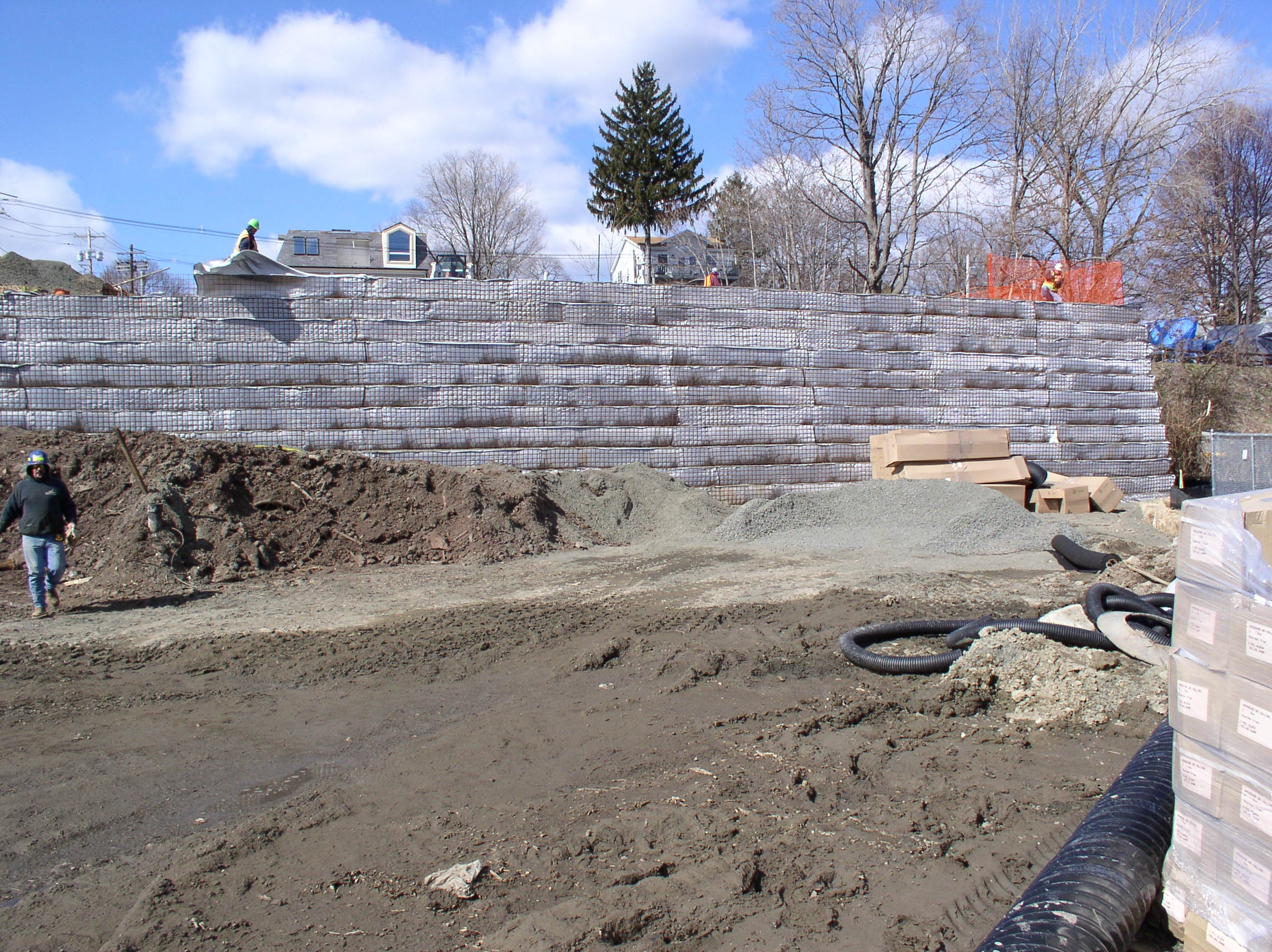Soil Stabilization Grid: What It Is And When To Use It
When it comes to landscaping, environmental, and construction projects, the stability and durability of the ground beneath our feet are essential factors to consider. Soil stabilization grids have emerged as a valuable solution in these scenarios. Do you know what soil stabilization grids are and know when to use them? Let’s answer these questions and investigate their benefits and applications.
What is a Soil Stabilization Grid?
A soil stabilization grid, also known as a ground reinforcement grid, base course, or bi-axial geogrid, is a versatile and innovative material used to fortify and strengthen the ground. It reinforces weak areas of soil while protecting ground that would otherwise crumble away under the pressure of foot or vehicular traffic. The bi-axial nature of this geogrid makes them suitable for base course reinforcement and soil stabilization applications. This is due to the strength coming from both longitudinal and transverse directions.
Soil stabilization grids are typically made from durable materials such as high-density polyethylene (HDPE) and consist of an interconnected network of cells. These cells are formed by weaving or knitting intersecting ribs with appropriate apertures that will interlock with the surrounding soil.
The primary purpose of a soil stabilization grid is to distribute loads and reduce stress on the ground by improving load-bearing capacity and enhancing soil stability. They provide a strong and reliable foundation, helping prevent soil erosion, control surface water runoff, and mitigate the formation of ruts, potholes, and other deformations in the ground.

When to Use a Soil Stabilization Grid?
Soil stabilization grids can be used across various situations where ground reinforcement is necessary. Here are some instances where these grids can be utilized effectively:
Driveways and Parking Lots
Whether you’re building a residential driveway or a commercial parking lot, soil stabilization grids offer excellent support and durability. They evenly distribute the weight of vehicles, preventing the formation of unsightly cracks and potholes. Additionally, they provide a smooth and stable surface, ensuring safe and convenient access for vehicles and pedestrians.
Pathways and Walkways
Construction paths and pedestrian walkways often face challenges due to heavy foot traffic and environmental conditions. Soil stabilization grids reinforce the ground beneath these areas, reducing soil displacement and preventing the formation of weak patches. This helps maintain a safe and stable surface for foot and vehicular traffic.
Erosion Control and Slope Stabilization
Areas prone to erosion, such as slopes and embankments, greatly benefit from soil stabilization grids. These grids help retain soil particles, control water flow, and prevent landslides or washouts. By reinforcing the ground, they enhance stability, minimize erosion risks, and promote sustainable landscaping practices.
Construction Sites
During construction projects, soil stabilization grids offer a reliable solution for temporary access roads, construction entrances, and staging areas. They prevent excessive soil compaction, allow for proper water drainage, and facilitate the movement of heavy machinery. Additionally, these grids can be easily removed or repositioned, making them a practical choice for temporary applications.
Foundations and Working Platforms
When used for foundations, soil stabilization grids distribute loads evenly across a wider area, reducing the risk of differential settlement and ensuring the structural integrity of the building or structure going on top of it. For working platforms, they offer protection against rutting, erosion, and soil compaction. They provide a solid base for heavy machinery and equipment, allowing for efficient and safe operations.
The Advantages of Soil Stabilization Grids
By implementing soil stabilization grids, not only will you get the job done, but you will also reduce costs. Since the apertures of soil stabilization grids work with a wide range of fill, you’ll be able to use less expensive soil and gravel. This eliminates future costs and potentially hazardous issues from developing down the line. In addition, soil stabilization grids help with reducing dust from gravel driveways and other surfaces. Air can circulate more freely through the cells, reducing excess heat on roads, work sites, and parking lots. This can reduce overall maintenance costs.
Other advantages of employing soil stabilization grids include:
- Reduces depth of excavation required on unsuitable subgrades
- Effectively interacts with soil due to the flexible nature of geogrid
- Extends pavement longevity by reducing differential settlement
- Withstands intense loads and distributes stress uniformly throughout
- Highly resistant to soil microorganisms, chemicals, and UV radiation
- Increased developable areas without the cost of retaining walls

Get Started With IWT Cargo-Guard
Are you ready to utilize soil stabilization grids in your project? Look no further than IWT Cargo-Guard. From foundations and working platforms to temporary access roads and construction sites, we will be able to supply you with the soil stabilization grids you need to improve load-bearing capacity, control erosion, and ensure a safe and reliable surface. With our help, you can significantly reduce maintenance costs, prolong the lifespan of your projects, and create a visually appealing environment. Reach out to IWT Cargo-Guard today.





